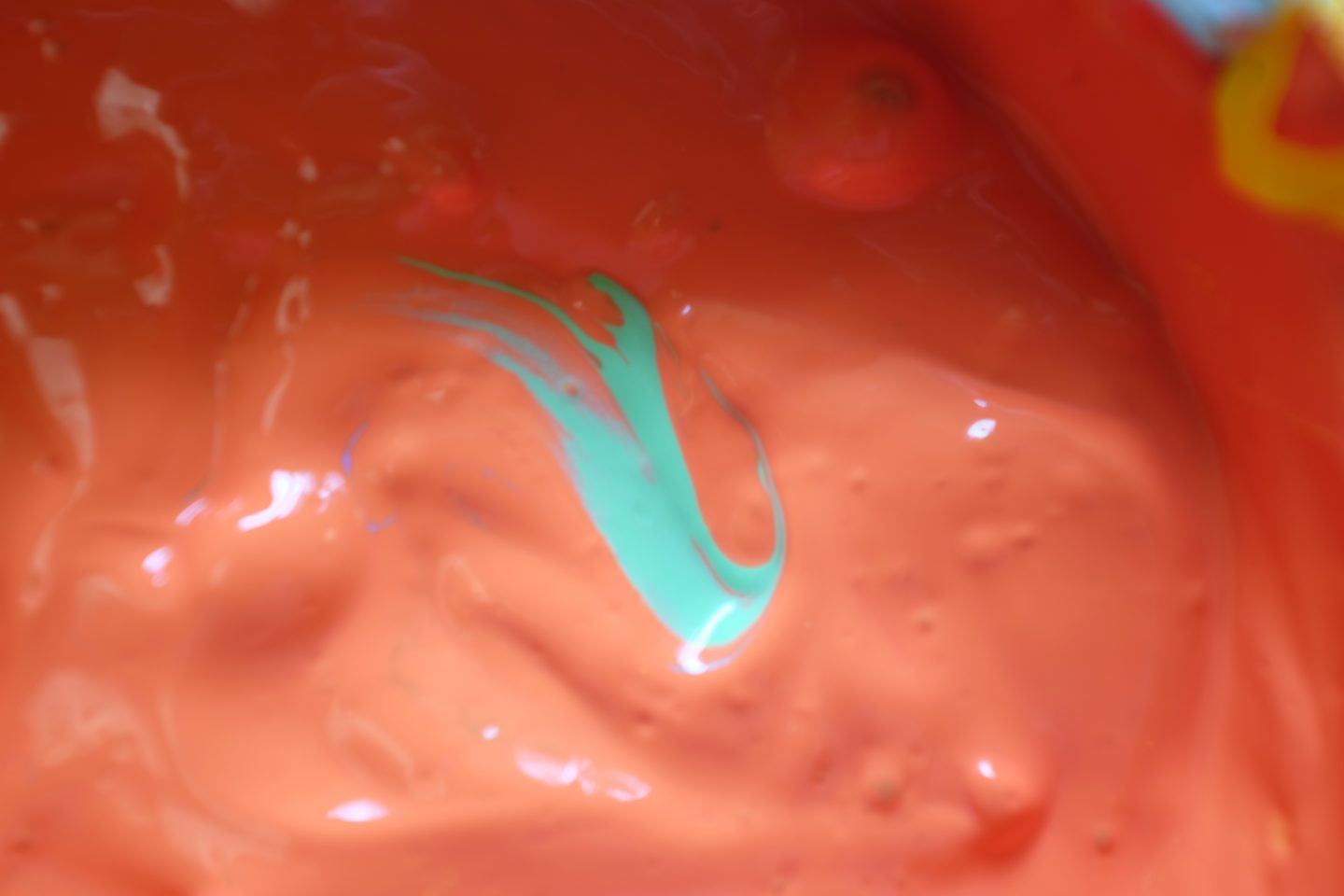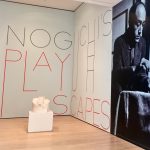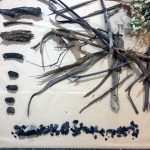In this post I consider the gap between academics/non-academics in children’s art education. A contestable claim but something I believe is worthy of further discussion. I reflect upon my experience of moving from working as a full-time learning curator in an art museum to full-time PhD researcher and what I have learnt along the way.

Before starting my PhD, I thought I knew a reasonable amount about early childhood education theory. I had studied an array of undergraduate education subjects at university, worked with researchers in art museums, attended the occasional conference and regularly read new books and articles that came recommended from colleagues. Upon commencing the PhD I very quickly realised that there was an entire universe of theories and ideas that I had never encountered. I love this part of research, there is something so motivating about seeing the world as a place where so much more can be discovered and created.
At the same time, the more conferences I attended, the more books I read and conversations I had with academics, the more I realised that so much academic research is read and used by other researchers and simply does not make it into a form that other non-academics can use in their everyday practices with children. On the flip side, so much amazing knowledge and expertise produced and held by people working directly with children never makes it into the academy. Instead this sort of knowledge is produced and shared through feelings and non-verbal actions.
Possibly the most pronounced example of the gap between academics and non-academics I have come across is in relation to new materialism. I find the ideas of Karen Barad, Jane Bennett and Deleuze & Guattari really interesting and highly applicable to children’s art education. Especially in relation to the consideration given to the role of matter such as artworks, materials and tools in the production of knowledge. At the same time, it has taken nearly 12 months of continuous reading, thinking and discussions to begin to really understand the key terms underpinning new materialism. Perhaps I am just a slow thinker or perhaps these are really complex ideas that are difficult to explore in everyday practices. I also find it slightly ironic that much of the language used in new materialism (i.e. assemblage theory, intra-activity, affect, onto-epistemology) is quite inaccessible to that vast majority of people working directly with young children. At the same time, what is fundamentally being considered is the production of knowledge that is not solely based on language.
I wonder how such a gap in the knowledge of academics/non-academics has formed. Perhaps the ‘output’ of academic research (journal articles, academics texts) is not in a form that others working directly with children can use? Or when toolkits or resources are produced for practitioners the research has not been intertwined with practice enough to allow it be easily applied.
Without question there are teams of researchers and practitioners working brilliantly together to produce rich, multifaceted ways of thinking and practices with children. There are also people who approach both practice and research as interconnected fields through working as ‘practitioner-researchers’ – a hybrid that offers a myriad of possibilities for universities, practical industries and beyond.
I think I will spend the rest of my career exploring the grey area of being a practitioner, a researcher, an artist, an educator and a curator. I wonder how I will continue to explore and combine these in different professional situations. Something I find so exciting about the process of pedagogical documentation is its ability to intertwine theory and practice in everyday contexts, breaking down the binaries such as teaching/learning, adults/child, individual/group and research/practice. I wonder how this process could be further used in art museums to bring together academics and non-academics.





3 Comments
“Something I find so exciting about the process of pedagogical documentation is its ability to intertwine theory and practice in everyday contexts, breaking down the binaries such as teaching/learning, adults/child, individual/group and research/practice.”
YES! Spectrum thinking is so critical to closing the gap you speak of…
Great post! Thank you!
Hi I am about to enter my last year of a three year masters course in Non Directive play therapy.
I am really interested in new materials theory as a way of speaking about the process and practice of play therapy especially the intra actions with sand and clay. Any links to theorists or papers in this field would be much appreciated.
Thank you.
Graham
Hi I am about to enter my last year of a three year masters course in Non Directive play therapy.
I am really interested in new materials theory as a way of speaking about the process and practice of play therapy especially the intra actions with sand and clay. Any links to theorists or papers in this field would be much appreciated.
Thank you.
Graham